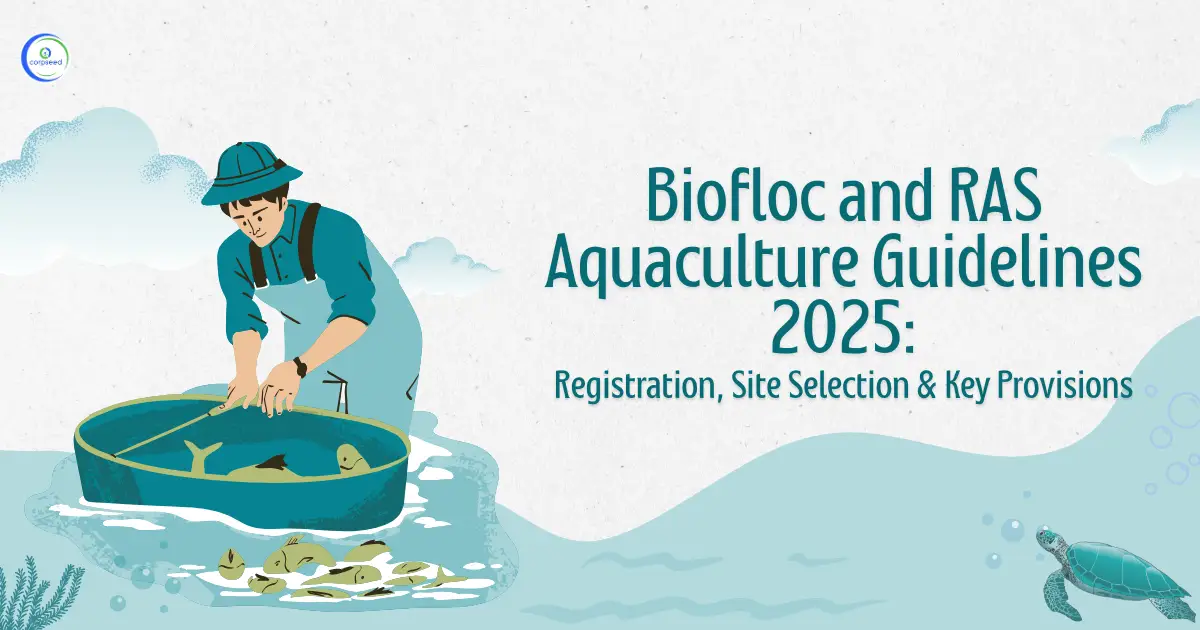Introduction: Quitclaim Deed
A quitclaim deed is a legal instrument that allows one owner (the grantor) to transfer the property title to another (the grantee). (It's frequently misspelled as "rapid claim deed.") During these real estate deals, usually, no money crosses hands. With a quitclaim deed, the grantee can only claim the grantor's ownership interest at the time of transfer, which could be none at all. Because some properties may lack a clear title, the quitclaim deed provides no guarantees or warranties, and the grantee has no remedy if title concerns arise later. The grantor and grantee share trust in the property transfer.
Table of Contents
--------------Blog Contact Form-------------
For example, if two brothers own a restaurant together, one of them can only transfer half of the ownership. If he wants to leave the company, he may want to quickly and simply transfer ownership to his brother without having to go through a lengthy selling process, which makes a quitclaim deed the most convenient option.
When to Use a Quitclaim Deed
This type of deed is a useful way to change or correct mistakes on a title without paying any fees. A quitclaim deed doesn’t affect any mortgage payments—the grantor is still responsible for any mortgage agreements.
Here are some examples of when a quitclaim deed might be used:
- Family Transfers: Quitclaim deeds make it simple to transfer property ownership to parents, children, siblings, or other relatives.
- Marriage or Divorce: A quitclaim can be used to add a new spouse to the property title or to remove an ex-spouse.
- Owner Name Change: When the owner's name changes, the deed information must be updated to reflect the new name on the title.
- Transferring Ownership to a Business: Transferring real estate to corporations and limited liability companies (LLCs) is a typical way to shield assets from creditors and restrict personal liability.
- Transferring Ownership to Trust: A quitclaim document placing a property into a trust is a smart starting step if you want to pass it down through the generations.
- Removing a Title Cloud: During a title search, title companies may come upon a "cloud." This means that a third person may have an unaccounted-for stake in the property, thereby breaking the chain of title. Before granting a policy, the title insurance provider will ask that party to quitclaim their interest in the property.
- Gifts: Quitclaim deeds can be used to transfer property to relatives and friends, but consult a lawyer first.
- Error Correction: A quitclaim deed can be used to rectify misspelled names or other minor errors.
How to Create a Quitclaim Deed
A quitclaim deed isn't legally binding unless it's written down. The legal description of the property, the county, the date of transfer, the names of the grantor and grantee, and the price paid, if any, are all included in the document. (Again, quitclaim documents aren't commonly utilized in real estate transactions.)
The notarized quitclaim form must be signed by the grantor. Depending on the state, witnesses may be necessary, as well as the signature of the new owner. The property deed must be documented with the relevant county clerk's office in most states.
Step 1: Negotiating the Sale or Transfer
A quitclaim deed is used to transfer property ownership. Unlike more traditional techniques, the process does not necessitate the use of a real estate agent. The parties may, however, choose to have the transaction and the quitclaim deed evaluated by a lawyer to ensure that they are compliant with state laws. The transfer usually occurs when the parties reach an agreement on a price for the property.
Step 2: Have the Required Information to Complete the Quit Claim Deed
County recorders need certain information to process quitclaim deeds. You’ll need:
- The person who prepares the quitclaim deed's name
- The address to which the deed should be returned after being filed with the county.
- The entire legal name and mailing address of the Grantor
- The entire legal name and mailing address of the Grantee
- The cost of the acquisition (referred to as consideration).
It's worth noting that in some states, a quitclaim deed must mention whether the Grantor or Grantee is single or married. Even if their spouse has no ownership interest in the property, married people may be obligated to mention their spouse's name.
The property must also be accurately described in the deed. This is referred to as the legal description within the document. Obtaining the legal description is as simple as pulling a previous deed on the property. This can be done through the County Recorder's Office or the Tax Assessor's Office in some cases. You should also supply the tax map and lot or parcel ID if you can find them.
Step 3: Executing the Quit Claim Deed
The requirements for executing a quitclaim deed will vary by state. The date, printed name, and signature of both the Grantor and the Grantee are required at the most basic level. These signatures must be notarized in most states. Witnesses are also required in some states.
Step 4: Record the Deed
To have the deed documented, take it to the appropriate county office. Before you travel, call that office to find out how much the filing fee will be. Take that amount with you, or your checkbook, to ensure that you're fully prepared to finish the process.
Taxes and Quitclaim Deeds
Even though quitclaim deeds aren't commonly utilized for regular real estate transfers, the grantor or grantee may face tax consequences. The person giving away the property, for example, may be subject to a gift tax, even though quitclaim deeds are normally not taxable when the property is transferred between spouses. The Internal Revenue Service will compute the taxable amount if any when a property is placed in a living trust. If the property is donated to charity and has a clear title history, there are no tax implications.
How Does a Quitclaim Deed Affect the Existing Mortgages?
The majority of quitclaim properties do not have an outstanding mortgage. A grantor can, however, carry a mortgage and submit a quitclaim deed at the same time. Even after the ownership is transferred, the grantor is still legally liable for the mortgage.
Divorcing spouses, for example, frequently utilize a quitclaim deed to transfer property to the spouse who intends to keep it. However, if there is a mortgage, neither spouse's name is removed from it, thus they are both responsible for the balance. The grantee has two options: absorb the lender's mortgage or refinance the property and pay off the original loan.
This portion of the site is for informational purposes only. The content is not legal advice. The statements and opinions are the expression of author, not corpseed, and have not been evaluated by corpseed for accuracy, completeness, or changes in the law.
BOOK A FREE CONSULTATION
Get help from an experienced legal adviser. Schedule your consultation at a time that works for you and it's absolutely FREE.








